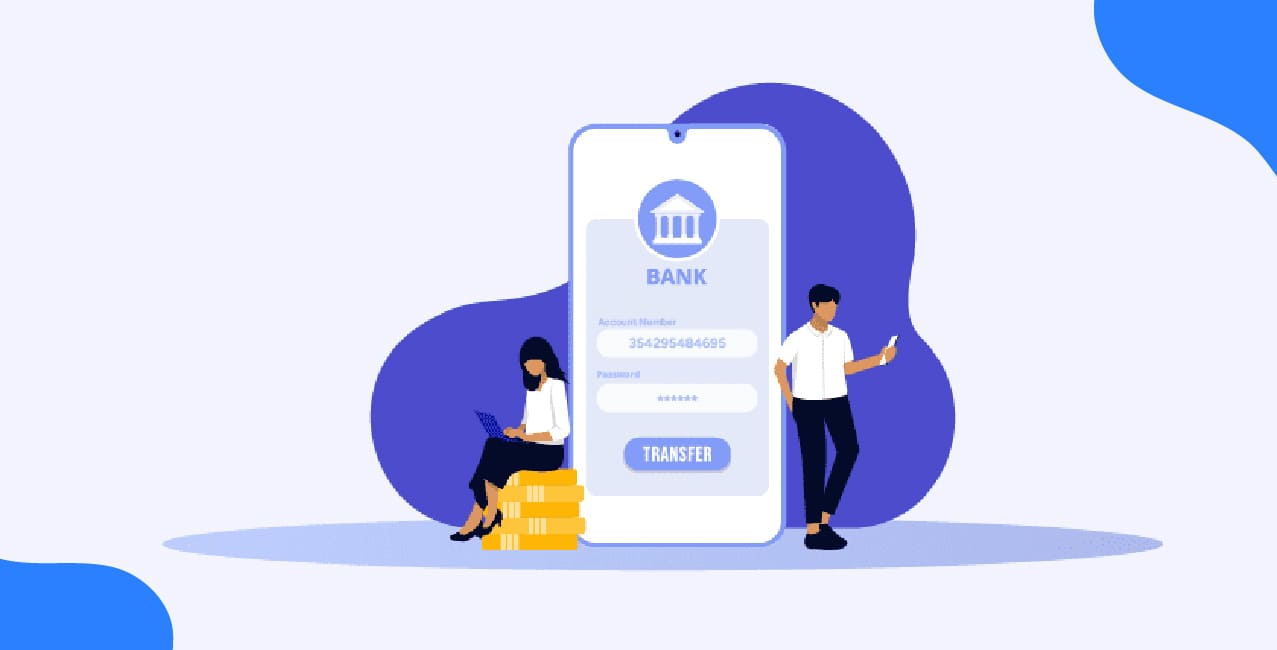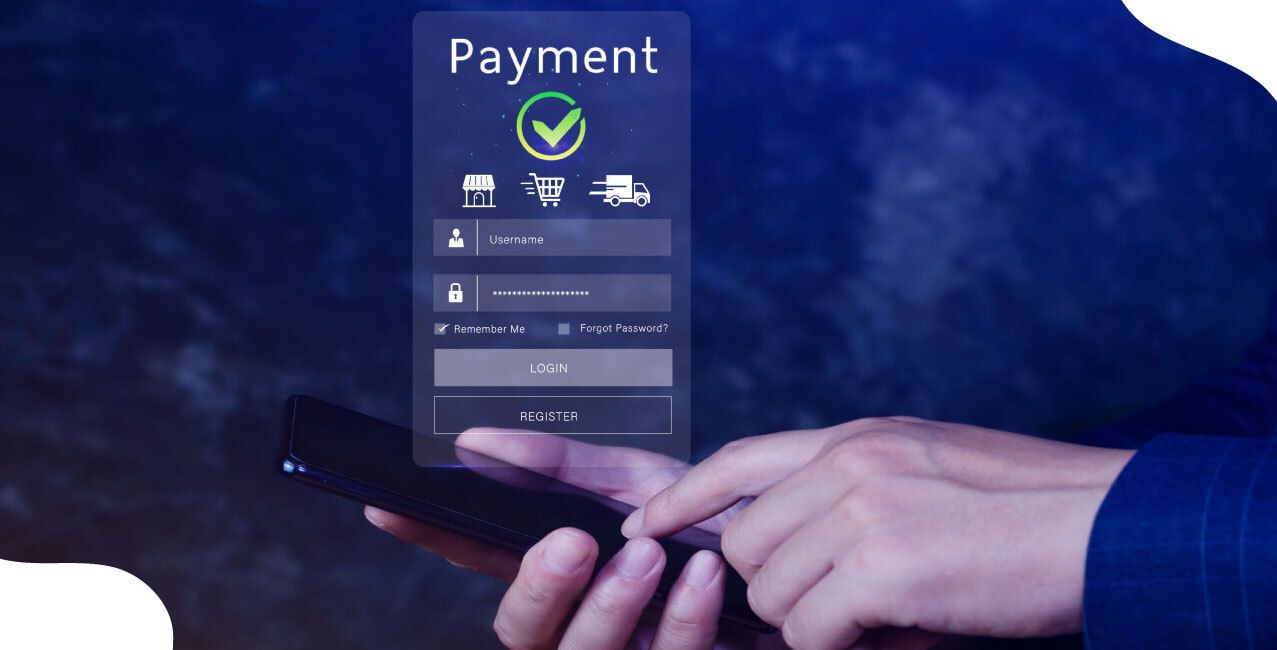
Author
LoansJagat Team
Read Time
8 Min
31 Mar 2025
How to Choose the Right Bank for a High-Yield Savings Account – A Complete Guide
Ravi, a diligent saver from Mumbai, had ₹1,00,000 in his regular savings account, earning a modest 2.70% interest per year.
Upon discovering that some banks offer interest rates as high as 8.00% on high-yield savings accounts, he reconsidered his banking choices. In India, where savings account interest rates typically range from 2.70% to 8.00% per annum, selecting the right bank can significantly impact financial growth.
Notably, as of August 16, 2024, over 53 crore bank accounts have been opened under the Pradhan Mantri Jan Dhan Yojana (PMJDY), reflecting an increase from previous years. This shows the importance of making good banking decisions to ensure your hard-earned money works effectively.
Compare Interest Rates and APY (Annual Percentage Yield)
Ravi was excited when he saw a savings account offering 7.50% interest per annum, but a closer look revealed hidden conditions.
The bank calculated interest on a monthly average rather than a daily balance, reducing the actual returns.
This is where APY (Annual Percentage Yield) matters.
APY includes compound interest, showing the true earning potential of your savings. A bank offering 7.00% APY may give better returns than one with an 8.00% simple interest rate.
Before choosing a bank, check how often interest is compounded—daily, monthly, or quarterly. Even a tiny difference in APY can impact long-term savings.
For example, if you deposit ₹2,00,000 in an account with a 5.00% APY, it will grow to approximately ₹2,10,250 in a year, whereas with a 3.50% APY, it will be around ₹2,07,122.
Bank Name | Interest Rate (%) | APY (%) | Compounding Frequency |
Bank A | 7.50% | 7.75% | Quarterly |
Bank B | 8.00% | 8.30% | Monthly |
Bank C | 6.50% | 6.75% | Annually |
Check for Monthly Maintenance Fees
Imagine saving ₹5,00,000 in a high-interest account, but ₹500 gets deducted monthly as a maintenance fee. That’s ₹6,000 lost in a year! Some banks charge fees for low balances, ATM withdrawals, or non-usage. Always check these before choosing a savings account.
1. Account Type Matters
Basic savings accounts in public sector banks may not charge fees, but premium accounts with high interest rates often have maintenance charges.
2. Waivers for High Balances
Many banks waive fees if a minimum balance, say ₹1,00,000, is maintained. This is ideal for those with steady savings.
3. Online-Only Accounts Save Costs
Banks with digital savings accounts often have zero maintenance fees since they don’t bear branch operating costs.
4. Hidden ATM Charges
Some banks charge ₹20-₹50 per ATM withdrawal beyond a set limit. Be mindful of this, especially if you withdraw cash often.
5. Penalty for Dormant Accounts
If you haven’t used your account for over 12 months, some banks mark it dormant and charge reactivation fees.
Read More - Top 10 Banks with Best Savings Rates
Evaluate Minimum Balance Requirements
Not all savings accounts are the same; some require a hefty ₹2,00,000 minimum balance, while others work fine with just ₹10,000. A bank with higher interest may not be beneficial if it forces you to keep a balance you don’t need.
- Banks in metro cities often require ₹10,000-₹25,000 minimum balance, while rural branches may ask for ₹2,000-₹5,000.
- Digital savings accounts usually have zero balance requirements, perfect for those who don’t want to maintain a minimum balance.
- Falling below the required balance leads to penalties ranging from ₹100 to ₹1,000 monthly.
- Some banks link minimum balance to net banking usage—free transfers only if you meet the balance criteria.
- Salary accounts may be converted into regular accounts after three months of no salary credit, triggering minimum balance penalties.
- Joint accounts sometimes require a higher minimum balance than individual accounts, so check terms before opening.
- If you travel often, ensure the bank offers good digital services so you don’t need to visit a branch to maintain your balance.
Review Withdrawal and Transaction Limits
Neha was thrilled with her new high-yield savings account, but when she tried withdrawing ₹1,00,000 for an emergency, she hit a problem—the bank had a ₹50,000 daily withdrawal limit! Many high-interest accounts impose transaction limits, affecting how often and much you can access your money.
Some banks allow only three free monthly withdrawals, charging ₹150 for every extra withdrawal. If you make online transfers, often check for NEFT, IMPS, or UPI transaction restrictions.
Some banks limit free fund transfers to ₹2,00,000 per month. ATMs also have cash withdrawal limits—₹25,000 to ₹1,00,000 per transaction, depending on the bank and card type. If you need frequent access to funds, choose a bank with higher transaction limits or a linked current account for flexibility.
Consider Online vs. Traditional Banks
Ajay wanted the highest interest rate on his savings, but he also liked visiting his bank branch. When comparing online and traditional banks, he had to weigh the benefits of convenience versus personal service.
Feature | Online Banks | Traditional Banks |
Interest Rates | Up to 8.00% | 2.50% - 5.50% |
Branch Access | No physical branches | Branches available |
Maintenance Fees | Usually zero | ₹250 - ₹500 per year |
Cash Deposits | Not possible | Easy cash deposits |
Digital Services | Advanced net banking, UPI, IMPS | Limited to basic online banking |
Online banks offer higher interest rates and lower fees if you are comfortable with digital banking. However, if you prefer in-person banking, traditional banks are better for deposits, withdrawals, and personal assistance.
Look for FDIC or NCUA Insurance
Suman once heard a horror story of a bank going bankrupt and customers losing all their money. She didn’t want to take risks, so she checked whether her savings were insured. This is where deposit insurance becomes crucial.
1. What is Deposit Insurance?
Deposit insurance protects your savings if the bank fails. In India, the Deposit Insurance and Credit Guarantee Corporation (DICGC) covers up to ₹5,00,000 per depositor.
2. Public vs. Private Bank Coverage
Both public and private sector banks in India are covered under DICGC, but cooperative banks sometimes have different rules.
3. Check If Your Bank is Covered
Most scheduled banks are insured but always verify before opening a high-yield savings account.
4. Coverage for Fixed Deposits
DICGC insurance applies to savings accounts, current accounts, and fixed deposits, but not investments like mutual funds.
5. What Happens If a Bank Fails?
If a bank collapses, DICGC ensures that depositors get up to ₹5,00,000, including both principal and interest. If you have more than this, consider spreading funds across multiple banks.
Assess Customer Service and Support Options
Rahul faced an issue with his savings account when an unexpected ₹500 fee was deducted. He called customer service only to be kept on hold for 20 minutes. Frustrated, he realized the importance of choosing a bank with good customer support.
A high-yield savings account may look attractive, but resolving issues can be a nightmare if customer service is slow or unhelpful. Look for banks that offer 24/7 support via phone, email, and live chat.
Some banks have dedicated relationship managers for premium customers, ensuring faster resolutions. Also, check how easy it is to visit a branch if needed. Many banks charge ₹150-₹200 for basic services.
If you rely on digital banking, choose a bank with efficient online support. A simple test—call or email customer service with a basic query before opening an account. If they respond quickly and helpfully, it's a good sign.
Also Read - What Is a Savings Account
Check Mobile and Online Banking Features
Sneha rarely visits a bank branch. She manages all her transactions, bill payments, and fund transfers from her mobile. But when her app crashed during an urgent transfer, she realised that not all banking apps are equally reliable.
Feature | Basic Savings Accounts | Premium Digital Accounts |
UPI Transactions | Limited to ₹1,00,000/day | Up to ₹5,00,000/day |
Bill Payments | Manual setup required | Auto-pay options available |
Investment Access | FD & RD only | Stocks, mutual funds, gold |
Customer Support | 10 AM - 6 PM chat support | 24/7 live chat, phone, AI assistant |
Card Blocking | Must visit branch | Instant via app |
1. Ease of Fund Transfers
A good banking app should support seamless NEFT, RTGS, IMPS, and UPI transactions without delays.
2. App Reliability and User Ratings
Check Play Store and App Store ratings—apps with frequent crashes or bugs can be frustrating.
3. Security Features
Look for banks that offer multi-factor authentication, biometric login, and real-time fraud alerts.
4. Bill Payment and Auto-Debit
A strong banking app should allow easy bill payments for utilities, loans, and credit cards.
5. Investment and Budgeting Tools
Many apps now offer integrated tools for tracking spending, investing in FDs, and managing savings goals.
Review Automatic Transfer and Savings Tools
Manoj always planned to save ₹10,000 every month but often forgot. Then he set up an automatic transfer, and within a year, his savings crossed ₹1,20,000 without effort. Automating savings ensures you don’t spend what you intend to save.
- Many banks allow auto-transfers from a salary account to a savings account on a set date every month.
- Some apps round-up transactions—if you spend ₹295, they round it to ₹300 and transfer ₹5 to savings.
- Fixed Deposits (FD) and Recurring Deposits (RD) can be set up with auto-renewals to maximise interest earnings.
- Some banks offer "sweep-in" accounts that automatically move extra money into high-interest deposits.
- Goal-based savings tools help set targets for travel, emergency funds, or home purchases.
- Salary accounts often provide auto-sweep options, converting surplus cash into fixed deposits.
- Mobile banking apps send reminders to add to savings or notify when funds drop below a set amount.
Conclusion
Choosing the right bank for a high-yield savings account can significantly affect how your money grows. A slight difference in interest rates, fees, or transaction limits can affect your savings.
Look beyond the interest rate—check the APY, monthly charges, customer service, and online banking features.
A bank that suits one person may not work for another. If you prefer in-person banking, a traditional bank may be better. If you want the highest returns with low fees, digital banks are a great option. Compare and choose wisely so your hard-earned money works for you.
FAQs
1. What is the best interest rate I can get on a savings account in India?
Interest rates vary between 2.70% to 8.00% per annum. Digital banks and small finance banks generally offer the highest rates, but always check the APY for real returns.
2. How can I avoid monthly maintenance fees on my savings account?
Choose a zero-balance account or maintain the minimum required balance. Some banks waive fees if you set up auto-deposits or use online banking services.
3. Are online banks better than traditional banks for high-yield savings accounts?
Online banks often provide higher interest rates and lower fees, but they lack physical branches. Traditional banks offer better in-person service and cash deposit options.
4. What happens if I withdraw more than the allowed transaction limit?
Banks charge penalties for exceeding withdrawal limits. Some may also restrict access to high-yield accounts, requiring a linked current account for frequent transactions.
5. Is my money safe in a high-yield savings account?
Yes, as long as the bank is insured under the Deposit Insurance and Credit Guarantee Corporation (DICGC), which covers deposits up to ₹5,00,000 per account holder.
About the Author

LoansJagat Team
‘Simplify Finance for Everyone.’ This is the common goal of our team, as we try to explain any topic with relatable examples. From personal to business finance, managing EMIs to becoming debt-free, we do extensive research on each and every parameter, so you don’t have to. Scroll up and have a look at what 15+ years of experience in the BFSI sector looks like.

Quick Apply Loan
Subscribe Now
Related Blog Post


